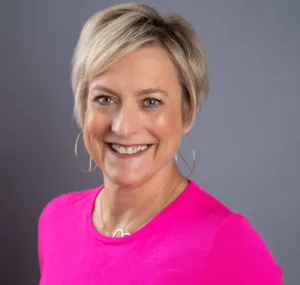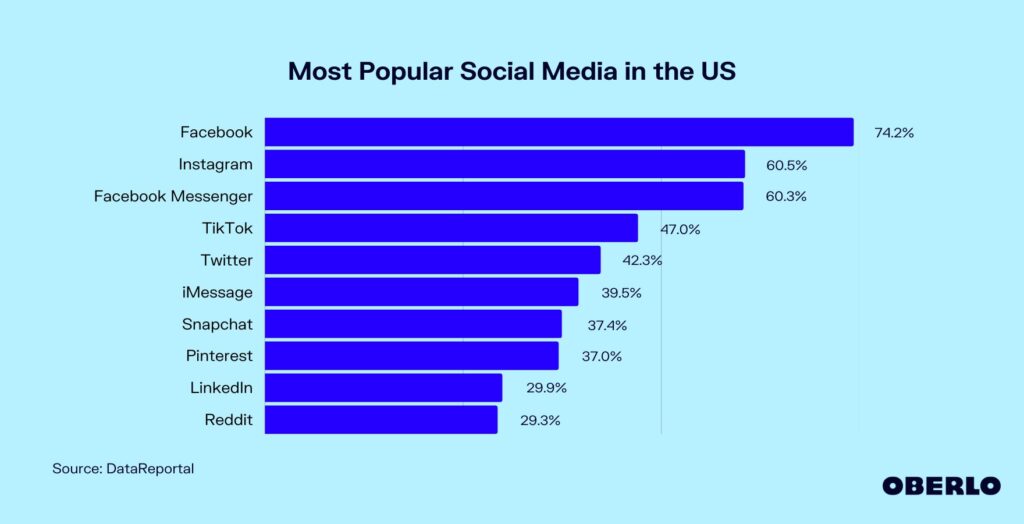TV stations are finding ways to use social media to engage users with their product and talent. Learn what one station GM says is the most powerful way of using social media right now.
In last Monday’s column, “Is Social Media Still Important For Local TV Audience Development” several station creative services directors and marketing managers detailed their use of social media as a means to generate audience for their TV newscasts and digital offerings.

While they said it’s critical to be on social media, Brett Kenyon, creative services director at WAPT, Hearst’s ABC affiliate in Jackson, Miss., says it’s more a tool for digital than broadcasting.
“You just don’t really see taking folks from social and bringing them to on-air,” Kenyon says. “It’s two different audiences.”

In Albuquerque, N.M., at KOAT, Hearst’s ABC affiliate, Matt Montoya, creative services director, says social media strategy revolves around talent “as the key component to connect with the users on these platforms to hopefully convert them to a linear broadcast.”

Don Smith, marketing director at Tegna’s CBS affiliate in San Antonio, Texas, KENS, says he likes using Facebook because of its targeting ability to reach the audience KENS wants to grow in certain zip codes.
And during sweeps, he says he can see spikes on nights where he’s used Facebook to promote to that targeted audience.
All three mention Facebook’s changing algorithm as an impediment to reaching their audience when they want for free.
Today, we hear from creative services directors from E.W. Scripps, Nexstar and Morgan Murphy stations in Salt Lake City, Austin and Yakima, Wash., about how their social media strategies have evolved.

Ronda White, creative services director at KSTU, Scripps’ Fox affiliate in Salt Lake City, says “social media is just an entry point to the brand. It’s a marketer’s dream because you are in touch with your audience. That’s where they are.”
White’s strategy is providing content that is tailored to look like what people expect on social media, not TV promos.
“We have been really strategizing and working on vertical videos with our talent and our reporters,” she says.
White says in the vertical videos, the idea is to give social media users part of the story.
“We have a better chance of creating an appetite for that story when they have already invested in the content or subject matter,” she says.
White says the vertical videos push social media users to follow the story on the station’s website, but “we really try to save the biggest part of the story for the newscast.”
And the station encourages its reporters to shoot behind-the-scenes videos as the story is developing and unfolding, she says.
White says Allison Croghan, the station’s evening meteorologist, is “proficient on Facebook and Instagram, engaging with her audience to share their weather video, their photos, what it looks like where they are.”
It has really taken off, White says. “People love to share weather where they are. It gives us great content and we share that content on the air. It’s helped the newscast.”
Jim Koonce, promotion and production manager for Morgan Murphy’s KAPP and KVEW, its ABC affiliate television stations in Yakima and Kennewick, Wash. (branded together as Apple Valley News Now), says three or four years ago, he used social media all the time for news promotion.
“You used to be able to place spots on Facebook and sometimes see a little bump in the ratings,” he says.
Koonce says if it’s a news story that he thinks will appeal to the Facebook or the Instagram audiences, “we still use it, but not like we used to.”

Joany D’Agostino, creative services director at KXAN, Nexstar’s NBC affiliate in Austin, says audience development isn’t her only goal on social media.
Getting people engaged with the product and talent and strengthening the ties they already have with broadcast platforms is another goal, she says.
“I view it as more of a reinforcement,” D’Agostino says.

Eric Lassberg, KXAN’s general manager, says he views social media as primarily a marketing mechanism.
“It is still significant,” he says. “You are still getting traffic from social media platforms.”
While Facebook is one of the social media platforms KXAN uses, “we use Instagram a lot. And we want to use TikTok more,” D’Agostino says.
Both Lassberg and D’Agostino view social media as more a connection and listening tool.
They point to the station’s crowdsourcing efforts concerning one of the station’s biggest stories of the year, the recurring billing and customer service problems of the Texas toll tag system which led to a KXAN investigation, TxTag Troubles.
Josh Hinkle, an investigative reporter for KXAN, says the station created an online form in April and encouraged viewers to share their story about possible complaints or problems they might be having, kind of a tip line for story ideas.
The next month, more than 720 people responded, complaining about unresolved issues with the Texas tool tags system.
KXAN contacted people at the Texas Department of Transportation (TxDOT), who responded by helping people with their specific problems, Hinkle says.
“Within a week, most of their cases were then resolved,” Hinkle says.
Lassberg says that crowdsourcing with viewers is the most powerful way of using social media right now.
NOTE: If you’ve got questions or want to comment publicly or anonymously, contact me at [email protected], or 817-578-6324.
New Jobs Posted To TVNewsCheck
CLICK HERE to see new jobs posted to TVNewsCheck’s Media Job Center include these openings: Vice-President of Sales, Business Partnerships and Development Executive, News Executive Producer, Duopoly Executive Producer Evening, Asst. News Director, Reporter (AFTRA). Senior Digital Content Producer, Account Executive, and TV Reporter.






Comments (0)
Reader Interactions